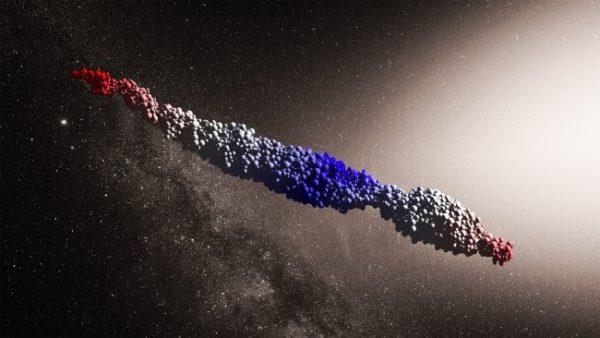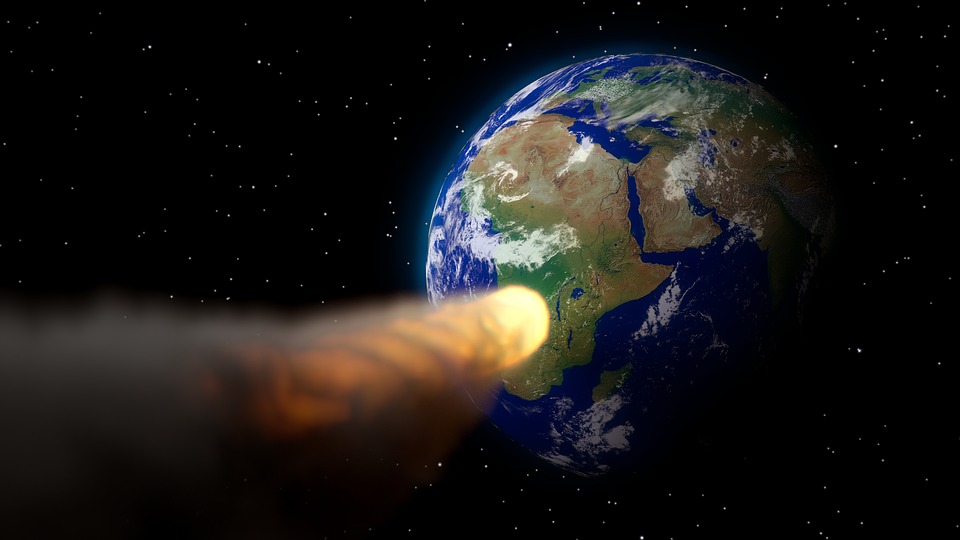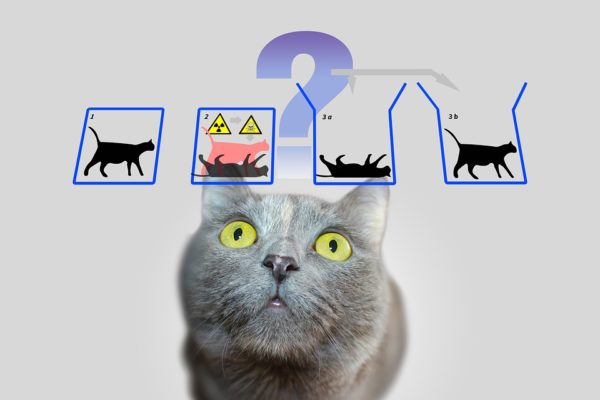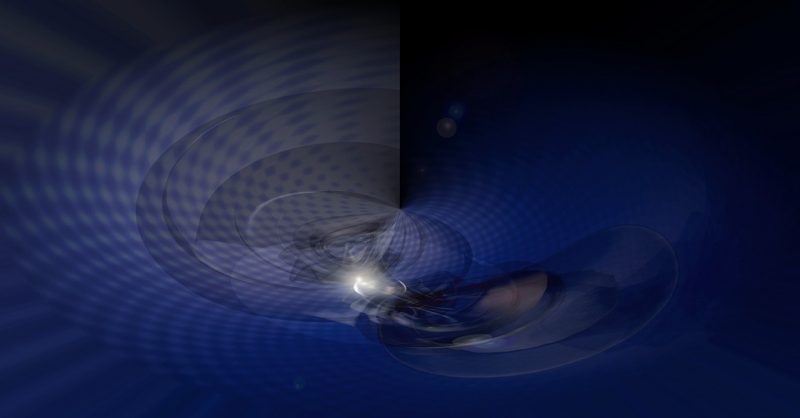SPACE: What If Black Holes Aren’t Black – Or Holes?
Black holes, those gravitational monsters so named because no light can escape their clutches, are by far the most mysterious objects in the universe. But a new theory proposes that black holes may not be black at all. According to a new study, these black holes may instead be dark stars home to exotic physics at their core. This mysterious new physics may cause these dark stars to emit a strange type of radiation; that radiation could in turn explain all the mysterious dark matter in the universe, which tugs on everything but emits no light. Dark Stars Thanks to … Read more












